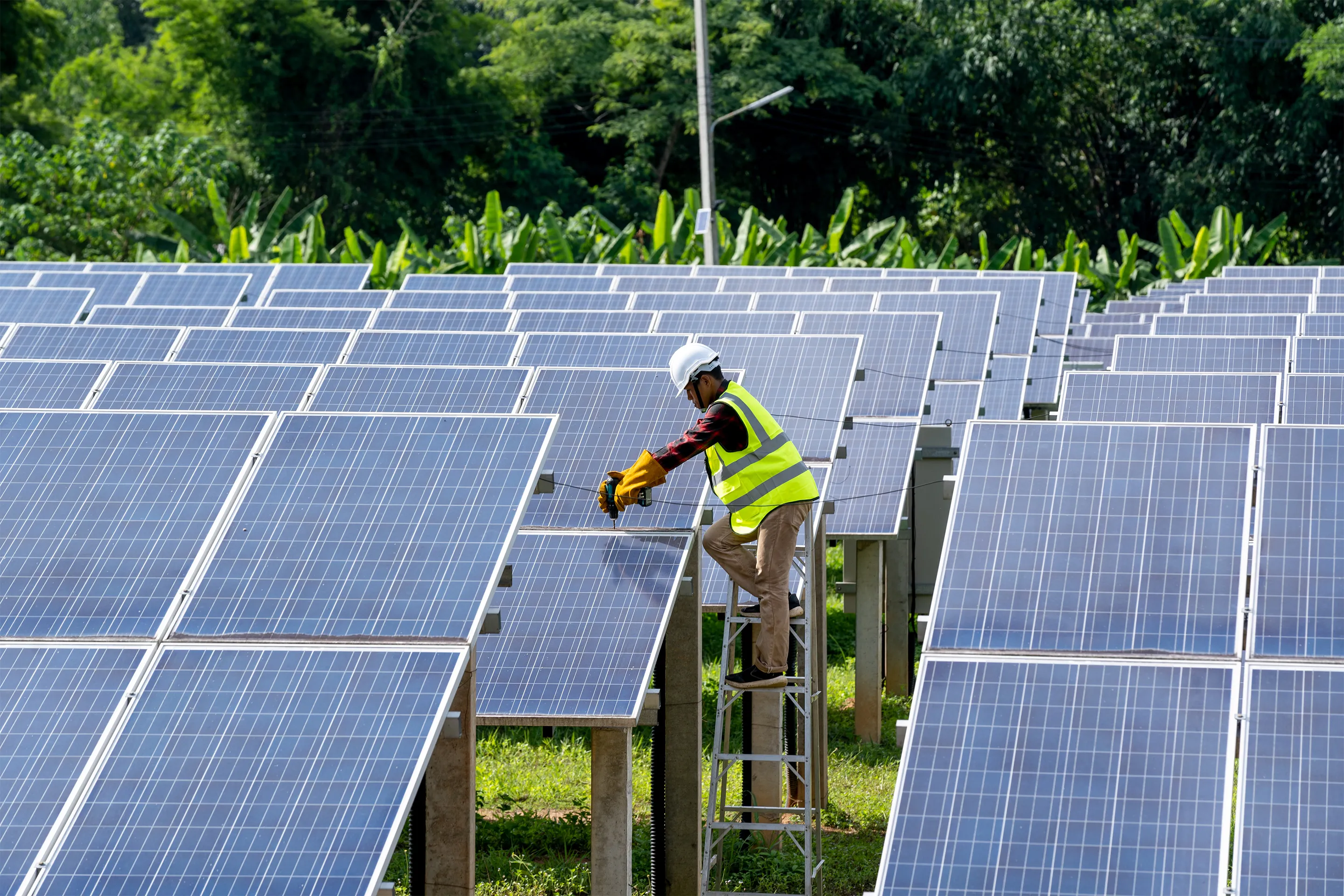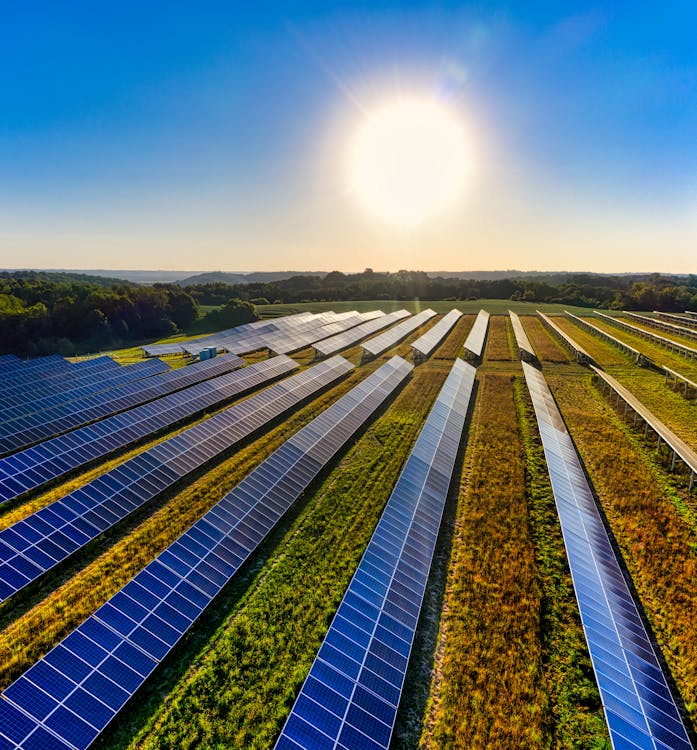The Best Guide To Top Rated Solar Installers Pa
The Best Guide To Top Rated Solar Installers Pa
Blog Article
Solar System Design PA: Our Firm Focuses On The Installation And Management Of Photovoltaic Energy Systems
History and Advancement of Solar Panel Companies
The creation of photovoltaic panel business can be traced back to the 1800s when Alexandre Edmond Becquerel found the photovoltaic impact. Would he have imagined how his discovery would revolutionize the way we harness energy?
Early Beginnings

In 1954, Bell Labs established the very first practical photovoltaic cell. This marked a substantial turning point in the history of solar power. They were initially used to power area satellites, but who understood this was simply the start?
Advancement and Growth
- In the 1970s, an energy crisis led to increased interest in eco-friendly energy sources, consisting of solar power.
- By the 1990s, improvements in technology and increasing environmental awareness led to the development of photovoltaic panel companies worldwide.
A New Era
As we went into the 21st century, the solar industry saw an exponential growth. The demand for clean and renewable resource caused a brand-new period in the solar panel market.
Interesting Truths
- The world's first solar power station was integrated in 1982 in Hisperia, California.
- By 2019, solar energy had ended up being the world's fastest-growing source of power.
The journey of solar panel business has been amazing, hasn't it? The future holds immense capacity, with constant improvements leading the way for a sustainable future. Can we visualize a world powered totally by solar power?
Moving Forward
Today, solar panel companies continue to innovate, pursuing more effective and affordable services. The advancement of solar energy has actually come a long way, and yet, the journey has simply begun.
The Core of Solar Panel Production
Ever wonder what goes into creating those glossy, sun-loving solar panels? The process is as impressive as the end product (Top Rated Solar Installers PA). High-purity silicon, the main active ingredient in solar panels, goes through numerous improvements to ensure its efficiency and sturdiness
From Sand to Silicon
Crystalline silicon, the backbone of the majority of photovoltaic panels, originates from easy sand. It's a remarkable journey, isn't it? The sand undergoes a high-temperature reaction with carbon to form silicon. Nevertheless, this isn't simply any silicon. The silicon utilized in solar panels is "solar-grade," with a purity of 99.9999%. It's this pureness that allows the panels to successfully convert sunlight into power.
Ingot Formation
As soon as the silicon is pure enough, it's time to form ingots. Picture a big, cylindrical block of solid silicon. How is this achieved? Through a procedure called Czochralski procedure, where the silicon is melted and after that slowly recrystallized. It's a sluggish dance of science, resulting in a solid item that is nearly as pure as the raw silicon itself.
Slicing into Wafers
The ingots are then sliced into wafer-thin pieces, like slicing a loaf of bread. Each slice is a prospective solar cell, waiting to harness the power of the sun. Did you know that the silicon wafers are just about 200 micrometers thick? That's about half the thickness of a human hair! The procedure requires precision and persistence, however the outcome is a set of wafers ready to be turned into solar batteries.
Creating Solar Battery
With the wafer prepared, it's time for the magic to occur. The silicon wafer is 'doped' with other components like phosphorous and boron to create an internal electric field. It's this field that allows the conversion of sunshine into electrical power. Complex, isn't it?
Assembly and Quality Assurance
Solar cells are like puzzle pieces that come together to form a solar panel. The cells are soldered together in a grid-like pattern, then covered with a protective layer of glass. The final step involves extensive quality assurance checks. It's essential that every solar panel carries out at its peak, would not you agree?
Insider Suggestion
Always remember that even the most optimally made photovoltaic panel can lose efficiency due to dirt and debris accumulation. Routine cleansing can substantially improve your panels' performance.
Understanding the Ecological Effect of Photovoltaic Panel Companies
Ever pondered the environmental footprint of a solar panel business? Green technology, such as solar, has changed our energy landscape, but what about website the behind-the-scenes effect?
The Manufacturing Process: A Double-Edged Sword
The manufacturing process for photovoltaic panels requires a considerable amount of energy. This process, known as 'em bodied energy', can be considered as a form of 'energy debt'. It's a little like borrowing today's sunshine to power tomorrow's energy needs. But fret not, the energy repayment time is typically much shorter than you 'd believe!
- The energy repayment duration for photovoltaic panels is generally 1-4 years.
- After this duration, the energy produced is essentially carbon-free.

Life After Decommission
And what occurs when a photovoltaic panel reaches the end of its life expectancy? Can it simply be tossed into the trash? No, that wouldn't be really green, now, would it?
A viable option is recycling. While solar panel recycling is still in its infancy, it holds a world of capacity. Recycling not just keeps materials out of land fills however likewise reduces the requirement for brand-new raw products.
Accountable Sourcing: More Than A Buzzword
Where does the silicon originated from, you ask? The market's need for silicon and uncommon minerals can lead to destructive mining practices. Responsible sourcing is therefore imperative to lower damaging environmental impacts.
Lowered Carbon Emissions: The Bigger Picture
Let's not forget the bigger image: solar energy considerably minimizes carbon emissions. Once installed, solar panels produce clean, renewable energy, offsetting their preliminary production footprint.
Simply put, the environmental effect of photovoltaic panel business is a complicated issue. However, with accountable practices, the guarantee of a cleaner, greener future is well within our grasp.

Financial Efficiency and Market Share of Solar Panel Companies
Ever wondered why some solar panel companies - Top Rated Solar Installers PA outshine others in the market? What sets them apart? The essential depend on their financial performance and market share
Financial Efficiency: A Vital Indication
Financial performance plays a critical function in the success of any organization. For solar panel companies, it's no various. Strong monetary efficiency makes it possible for these companies to purchase innovative innovation, research study, and development, thereby developing premium, effective photovoltaic panels.
But how do they accomplish this? With a concentrate on expense effectiveness and tactical financial investments. Business that manage to decrease production expenses without compromising on quality tend to fare much better in the market.
Market Share: A Measure of Success
Market share, on the other hand, is a direct reflection of a company's appeal among consumers. A high market share suggests more property owners are choosing their solar panels over rivals.
What's the secret recipe for gaining a bigger market share? It boils down to consumer satisfaction and brand credibility. Business that prioritize customer needs and keep a favorable brand name image are most likely to record a bigger share of the marketplace.
- Consumer Complete satisfaction: Photovoltaic panel business that provide reliable items and remarkable customer service tend to have greater customer complete satisfaction rates.
- Brand Track record: A strong brand credibility is constructed over time through consistent shipment of quality services and products.
Financial Efficiency and Market Share: The Symbiotic Relationship
Remarkably, the relationship in between financial performance and market share is not one-sided. They feed off each other. A strong financial performance can increase a business's market share, while a high market share can enhance monetary efficiency.
As a photovoltaic panel company, stabilizing these two elements is essential for long-term success. A business that overlooks either of them may discover it challenging to maintain its position in the competitive solar market.
The Takeaway
What does all this mean for you? Whether you're a homeowner wanting to install photovoltaic panels or an investor considering the solar market, understanding the financial efficiency and market share of photovoltaic panel companies is necessary. They are essential indicators of a company's health and potential for future development.
Report this page